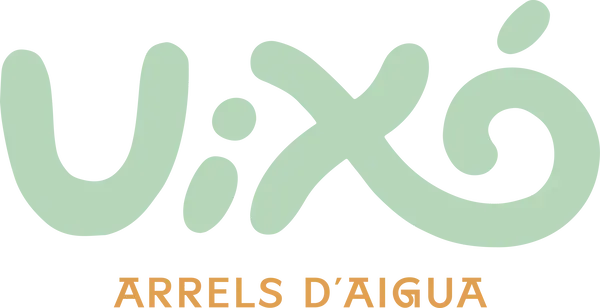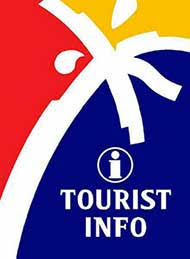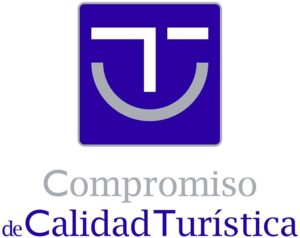Holy Family Hermitage
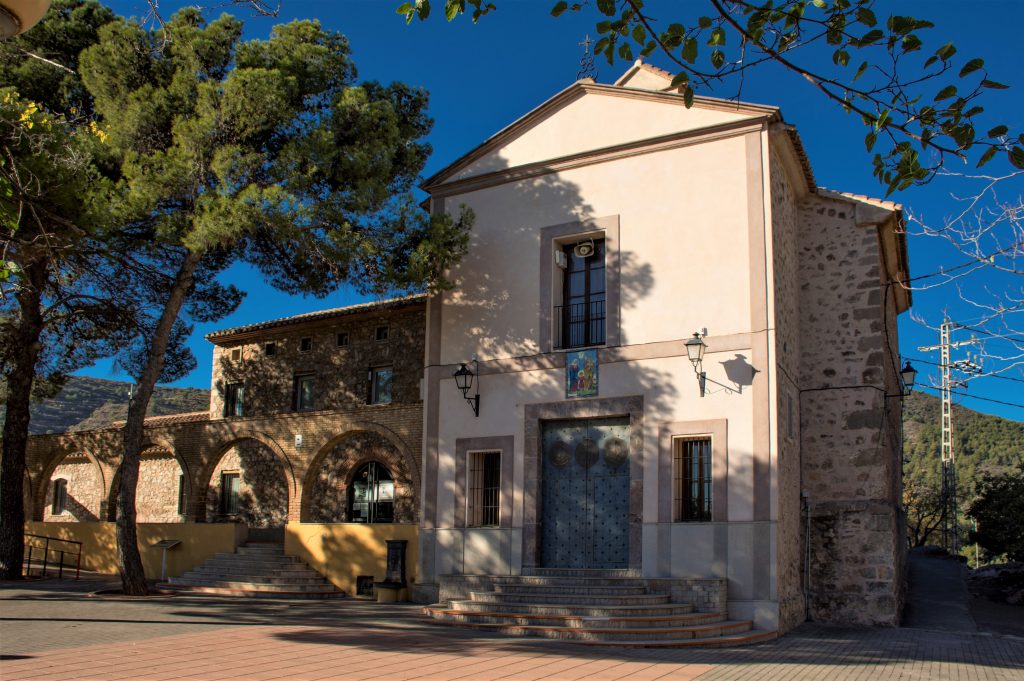
The Sagrada Familia Chapel, the most popular in the city and declared an Asset of Local Relevance, is located just above the Coves de Sant Josep, next to the archaeological site of the Iberian settlement of Sant Josep.
This Baroque temple, also known as Ermita de San José, was built between 1689 and 1696 on a large square with magnificent views of the surrounding area. With elements of masonry (stone bonded with earth and lime mortar), the roof is gabled.
On the façade, facing east, a wide natural stone staircase gives access to the lintelled and panelled entrance door. The façade is crowned by a triangular pediment with a wrought iron cross. On both sides there are rectangular windows which, together with the small balcony on the façade, bring natural light into the church. Two attached lanterns and a ceramic altarpiece of the Holy Family above the entrance door complete the exterior decoration.
The interior floor plan has a single nave with a transept, although the arms are not very well developed. On the right hand side there is an oil painting representing the apparition of the Virgin of Fatima and on the left hand side there is an attractive altar presided over by the Immaculate Conception. The blind dome that covers the nave deserves special mention for its ornate decoration with gilded baroque ornaments.
Unfortunately, the original 18th century wooden altarpieces on the altar were destroyed during the Civil War, but the present one is no lesser in terms of its baroque decoration. Behind the altar, there is a carving of the Holy Family.
The Hermitage can be reached by climbing a staircase on the right hand side of the access gate to Coves de Sant Josep, or by the Alfondeguilla CV-230 road. This hermitage is located next to the archaeological site Poblado de Sant Josep, from the Iberian period.
Signs of Phaedrus at the Hermitage
On the outside there are two engravings on the ashlars of the door, one on the left and the other on the right. In the shape of an “A” with a cross on top, it is not clear the origin or meaning of this type of petroglyph. Although it seems that these marks, called “Signs of Federo”, are also found in other nearby villages such as Artana, Aín or Moncofa in public places, especially in churches, hermitages or on the side of roads over huts, fountains, etc. There is a legend that refers to a shepherd called Federo, who travelled around several villages in search of his stolen livestock. Legend has it that he left this mark in visible places in the hope that he would be warned if his branded cattle were found.
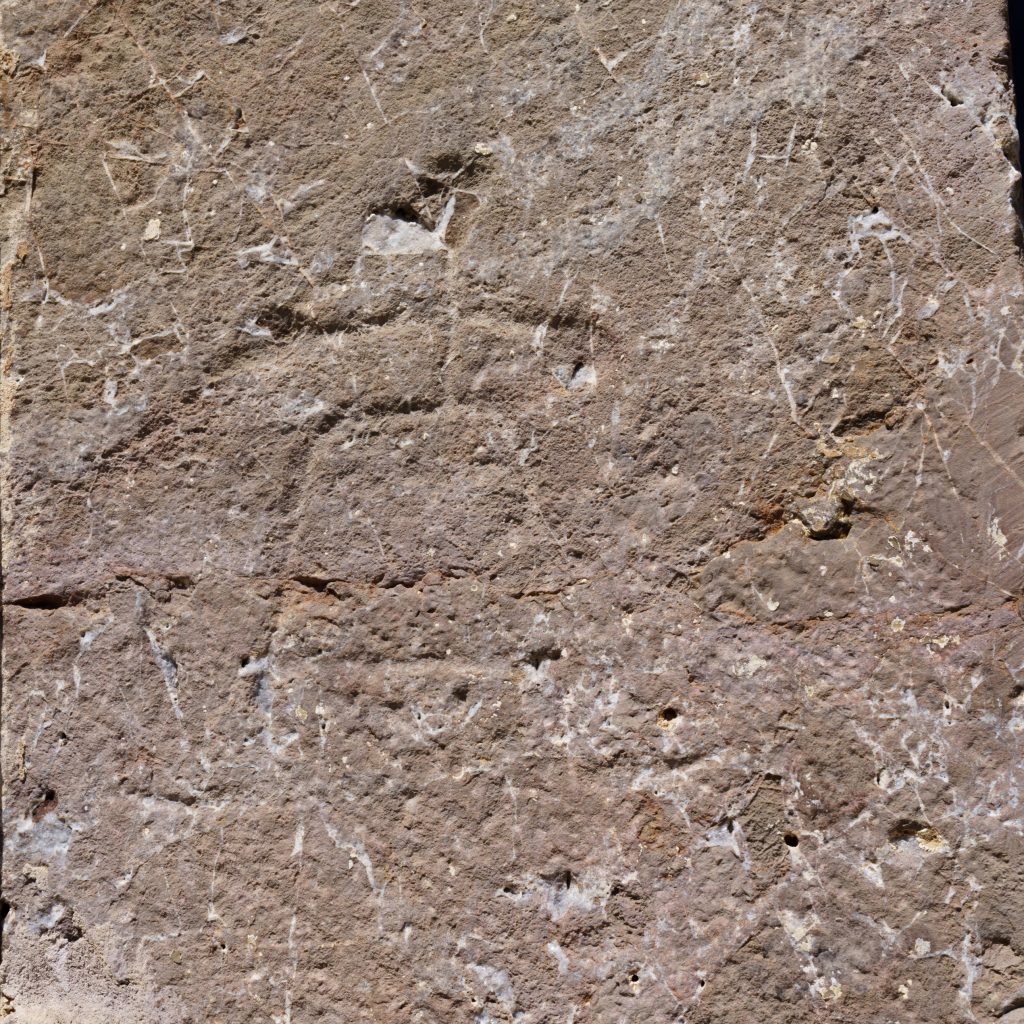
Museum of Sacred Art
Attached to the Hermitage of the Holy Family is the old hermitage, home to the hermits. A few years ago this annexe was remodelled to be used as a Museum of Sacred Art, belonging to the Parish of Santo Ángel Custodio. In this museum you can find very singular pieces not only related to the ecclesiastical world, such as ceremonial clothing or crucifixes, but also many ethnological samples typical of this territory: tools for the production of espadrilles, different pottery exhibits, even Valencian sinais, a system of homemade water filters.
Images of the Museum of Sacred Art
Feasts of the Holy Family Hermitage
The Patron Saint Festivities in honour of the Sagrada Familia and Santísimo Cristo, patron saints of the town, begin on the second Monday of October. These festivities are of proven antiquity, as they have been documented since at least 1747, although there is evidence that they were celebrated before that date. On its most important day, a pilgrimage to the hermitage is held in the morning, with a solemn mass and an evening procession through the town with the image of the Holy Family. Numerous recreational and popular events complete these deep-rooted festivities, which have been declared to be of National Tourist Interest.
Also of note is the 13th of May in honour of the Virgin of Fátima, which is also venerated in the Sagrada Familia Chapel with mass and procession.


